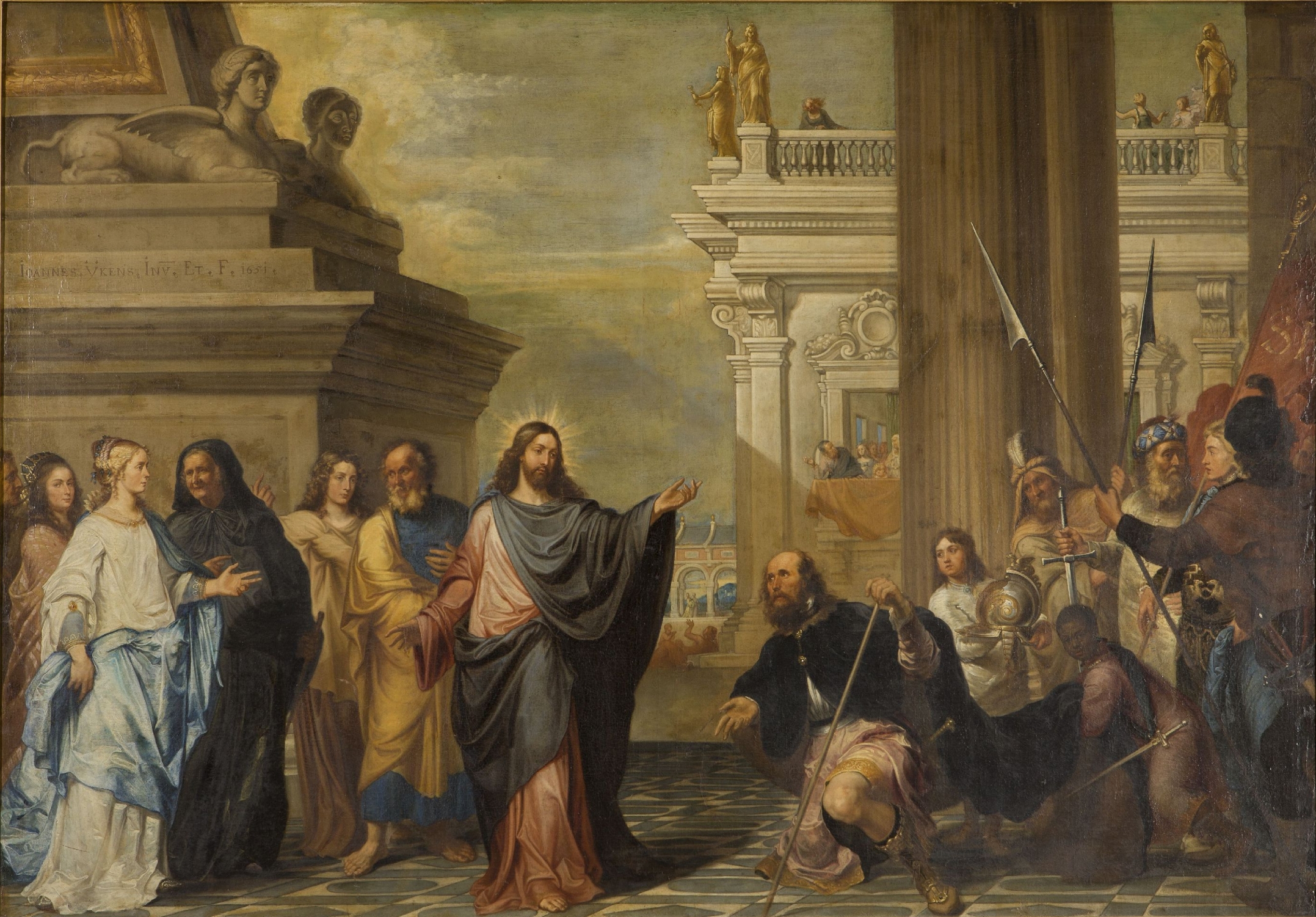
Luis Fernando Benedit’s Art and Its Exploration of the Politics Behind World-Making

Luis Fernando Benedit: Merging Art, Architecture, and Bioethics in “Invisible Labyrinths”
The Institute for Studies on Latin American Art (ISLAA) in New York City currently hosts a major retrospective on Luis Fernando Benedit, an Argentine artist whose eclectic career bridged painting, architecture, biology, and conceptual art. Titled Luis Fernando Benedit: Invisible Labyrinths, this exhibition marks Benedit’s most significant U.S. showcase since a 1972 solo at the Museum of Modern Art. Through a curated journey from vibrant pop-influenced paintings to complex bioart installations and human-scale constructs, the exhibition highlights a pivotal period in Benedit’s career that both reflected and questioned systems of culture, nature, and control.
A Tale of Two Practices: Pop Aesthetics and Environmental Inquiry
The exhibition’s layout appears to divide Benedit’s oeuvre into two contrasting realms. The first section features colorful, cartoon-like paintings from 1966 to 1968, infused with playful forms and vibrant palettes. Heavily influenced by international Pop Art and his architectural education, works like “Vegetal Architecture 5” blur the boundary between organism and object. Geometric shapes morph into botanical schematics or mechanical cogs, exploring the relationship between biological structures and technological design.
By 1967, Benedit’s imagery turned more visceral and surreal. One standout, “Rabbit Cacciatore,” imagines animal figures disassembled or transformed—part whimsical, part eerie. These grotesque portrayals evoke themes of scientific experiment and manipulation, confronting viewers with the implications of human intervention in living systems.
Bioart and “Invisible Labyrinths”: Living Systems as Conceptual Installations
In 1968, after a formative year studying landscape design in Rome and interacting with avant-garde artists like Jannis Kounellis, Benedit co-founded the Centro de Arte y Comunicación (CAYC) in Buenos Aires. The group focused on systems art and cybernetics, key influences shaping Benedit’s second creative phase.
This part of the show revolves around Benedit’s innovative bioart habitats, developed between 1968 and 1972. These transparent environments, designed to house ants, plants, and tropical fish (though currently uninhabited), invite viewers to reflect on themes of observation, surveillance, and control. By mimicking scientific apparatuses, the installations raise philosophical inquiries: What does it mean to “study” nature? What constitutes a system? And who defines the rules?
Each habitat resembles a miniature lab experiment or architectural prototype, complete with air tubes, movement pathways, and modular designs. Diagrams and sketches accompanying the installations provide further insight into Benedit’s design process and conceptual rigor, blending artistic intuition with analytical precision.
The Showpiece: “Invisible Labyrinth” and the Human Subject
The titular work of the exhibition, “Invisible Labyrinth” (1970), brings the viewer into the system. Comprising sensor-triggered lights, reflective tripods, and a central box, the installation simulates a security test of sorts. Visitors must navigate through the setup carefully—challenge the invisible “rules,” and an alarm is triggered. The piece exudes an uncanny familiarity in today’s age of digital surveillance—revealing how behaviors are monitored, judged, and systematized in modern societies.
Wholly interactive and performative, “Invisible Labyrinth” encapsulates Benedit’s ability to weaponize aesthetic space to critique social — even authoritarian — structures. Notably, these investigations were cultivated in the shadow of Argentina’s volatile political climate of the 1970s, marked by military dictatorships, censorship, and repression. Questions about personal autonomy, power, and the illusion of freedom permeate the piece.
Nature Versus Culture: The Philosophical Heart of Systems Art
The exhibition doesn’t just juxtapose two artistic styles—it charts an evolution of thought. From painted metaphors to functional systems, Benedit’s work asks viewers to reconsider the dichotomy between nature and culture. Whether in animal enclosures or digital societies, what determines behavior? Is it innate, or imposed?
For Benedit, and arguably for today’s audiences, this question remains central. The environments he constructed—ant farms, fish tanks, light mazes—are intentionally ambiguous. They echo society’s own invisible systems of classification, surveillance, and social expectation. Yet his works resist clear conclusions, instead emphasizing the viewer’s role in navigating and interpreting their constraints.
Legacy and Relevance
Luis Fernando Benedit was not simply an experimentalist; he was a visionary whose interdisciplinary practice prefigured contemporary debates on bioethics, environmental sustainability, and the politics of systems. His blending of art and science in “Invisible Labyrinths” confronts us with an enduring challenge: to recognize the invisible structures—biological, social, political—that define our world, and to question who builds them and for what purposes.
Though rooted in a specific historical and cultural context, Benedit’s work